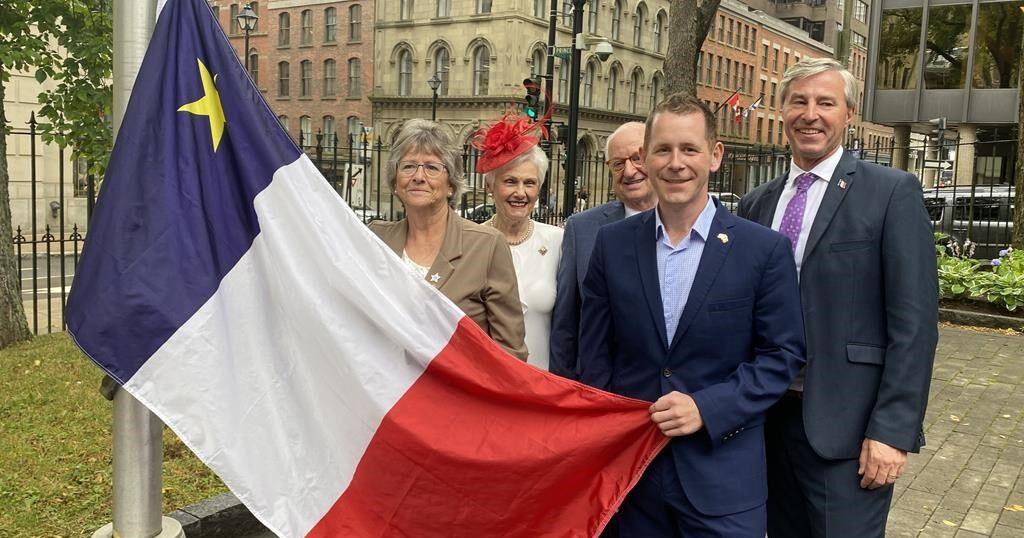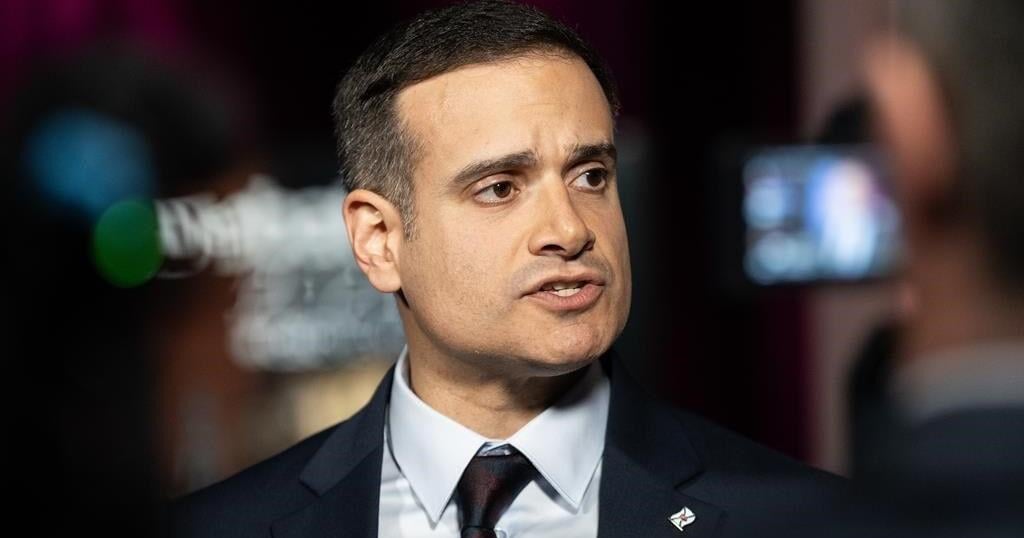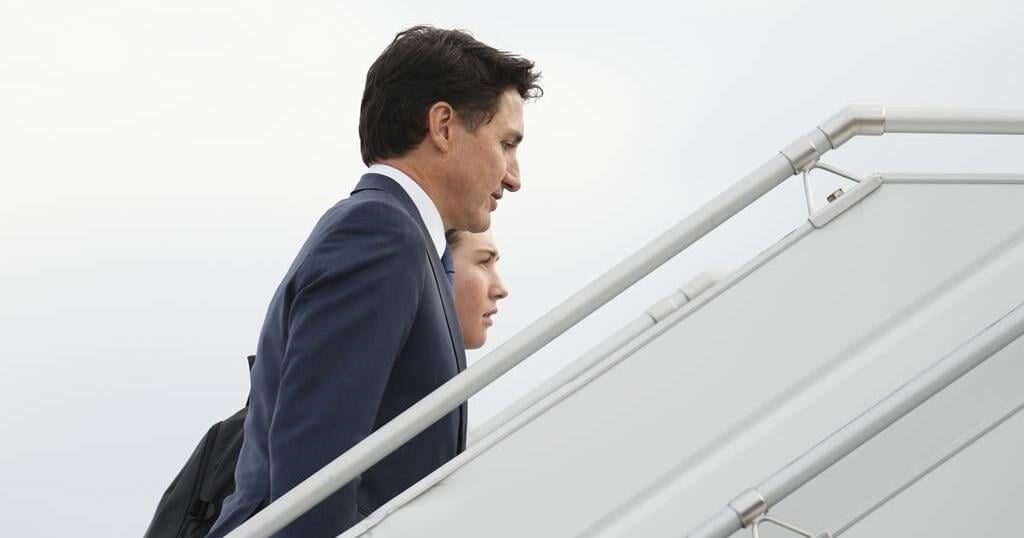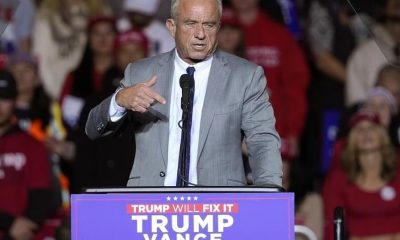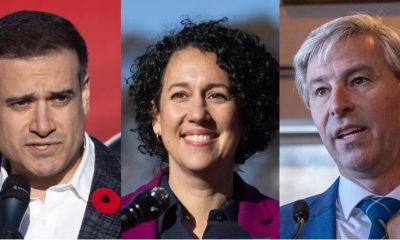DETROIT (AP) — General Motors is laying off about 1,000 workers worldwide, shedding costs as it tries to compete in a crowded global automobile market.
The workers, mostly white collar, were notified about the decisions early Friday. The company confirmed the layoffs in a statement but gave few details.
“We need to optimize for speed and excellence,” the statement said. “This includes operating with efficiency, ensuring we have the right team structure and focusing on our top priorities.”
In Canada, a small number of workers were affected, the automaker said in an email.
“We do not have specifics to share; here in Canada, the reductions impacted a small number of our Canadian team,” said Natalie Nankil, director of corporate and internal communications at GM Canada.
GM and other automakers have been navigating an uncertain transition to electric vehicles both in the U.S. and worldwide, trying to figure out where to invest capital and how fast the switch will happen.
The company has had to develop and update gas-powered models while investing in EV battery and assembly plants as well as minerals and other parts for the next generation of electric vehicles.
Through September, U.S. new EV sales are up 7.2% to about 936,000, according to Motorintelligence.com. That’s slower growth than the 47% increase in 2023. But EV sales this year are likely to surpass last year’s record of 1.19 million, and the EV share of new vehicle sales this year is 7.9%, up from 7.6% last year.
GM has about 150,000 employees worldwide, with the largest group at its technical center in the Detroit suburb of Warren, Michigan. The company had 76,000 white-collar workers worldwide at the end of last year.
Chief Financial Officer Paul Jacobson said last month that GM is on track to reach its goal of cutting $2 billion in fixed costs by the end of this year.
Last April, about 5,000 GM white-collar workers at General Motors took the company’s buyout offers, which the automaker said at the time was enough to avoid layoffs.
The company offered buyouts to white-collar workers with at least five years of service, and global executives who have been with the company at least two years.
At the time GM said it couldn’t completely rule out layoffs in the future, saying that “involuntary separations are not a consideration at this point.”
____
This story has been corrected to say that GM had 76,000 white-collar workers at the end of last year.


